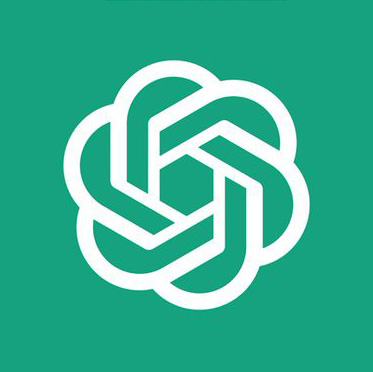ChatGPT is a revolutionary artificial intelligence developed by OpenAI. It's a language model that uses machine learning techniques to generate human-like text. By processing large amounts of data from the internet, ChatGPT can answer questions, write essays, summarize texts, or even create poetry. It's continually learning and improving, making it an incredibly versatile tool. However, it's not perfect and still needs human supervision to ensure accuracy and appropriateness. Its potential applications are vast, ranging from customer service bots to personal writing assistants.
ChatGPT stands for Chat Generative Pre-trained Transformer. It's a sophisticated AI chatbot that uses machine learning algorithms to generate human-like conversation. Launched in late 2022, ChatGPT utilizes a feature called prompt engineering to steer conversations according to the user's needs. The chatbot's capabilities are based on successive prompts and replies at each stage of the conversation.
ChatGPT leverages two versions of OpenAI's proprietary series of Generative Pre-Trained Transformer (GPT) models—GPT-3.5 and GPT-4. These models are based on the transformer architecture developed by Google and are fine-tuned to handle conversational applications.
OpenAI initially released ChatGPT as a free research preview, but due to its immense popularity, the company introduced a freemium model. Free tier users have access to the GPT-3.5 based version of ChatGPT, while subscribers to the commercial service—ChatGPT Plus—get access to the more advanced GPT-4-based version and priority access to newer features.
ChatGPT's performance capabilities are a result of a rigorous training process. The AI is based on GPT foundation models like GPT-3.5 and GPT-4, which are fine-tuned for conversational usage. The fine-tuning process combines supervised learning and reinforcement learning techniques via a method known as reinforcement learning from human feedback (RLHF).
In the supervised learning stage, human trainers play both sides of a conversation—the user and the AI assistant. During the reinforcement learning stage, human trainers rank responses the model generated in previous conversations. These rankings form "reward models" that fine-tune the model using iterations of Proximal Policy Optimization (PPO), resulting in improved performance.
ChatGPT is more than just a chatbot. It offers a range of capabilities and functions, including but not limited to:
Despite its impressive capabilities, ChatGPT isn't without limitations. Its knowledge base only extends to events occurring up until September 2021. Furthermore, it sometimes generates plausible-sounding but incorrect or nonsensical answers, a phenomenon known as "hallucination."
While ChatGPT presents opportunities for simplifying tasks and generating content, it also poses significant challenges for learning. The AI's capabilities have led to concerns about academic dishonesty, as students can use the tool to generate essays and answers without engaging in the research and critical thinking process.
But instead of viewing ChatGPT as a threat, teachers and faculty can harness its potential to enhance instruction. For instance, teachers can use the AI as a writing prompt generator, a reading comprehension tool, or a vocabulary builder.
ChatGPT's applications extend beyond the classroom. It's been utilized in various disciplines and industries, resulting in some remarkable accomplishments. For instance, it's been used to generate business ideas, compose music, write teleplays, fairy tales, and answer test questions at a level above the average human test-taker.
ChatGPT's potential for disrupting conventional learning processes is substantial. While it could be seen as promoting academic dishonesty, it also offers significant potential for enhancing instruction. Teachers can use the AI as a writing prompt generator, a reading comprehension tool, or a vocabulary builder, among other applications, making a significant impact on the learning process.
Privacy and security concerns have been raised about ChatGPT. In March 2023, a bug allowed some users to see the titles of other users' conversations, leading to a brief period where users couldn't see their conversation history. Later reports revealed that the bug was more severe than initially believed, with OpenAI reporting that it had leaked users' names, email addresses, payment addresses, and partial credit card information.
ChatGPT's future looks promising. OpenAI has been working on a tool to digitally watermark its text generation systems, a move aimed at combating academic plagiarism and spam. In addition, there's ongoing research into how ChatGPT can be used to control robotics with intuitive, open-ended natural language commands.
ChatGPT is a game-changer in the field of AI, with its ability to generate human-like conversation. It's transforming the way we interact with machines and has the potential to revolutionize various industries. As the technology continues to evolve, it's certain that ChatGPT will continue to play a pivotal role in the future of AI.
